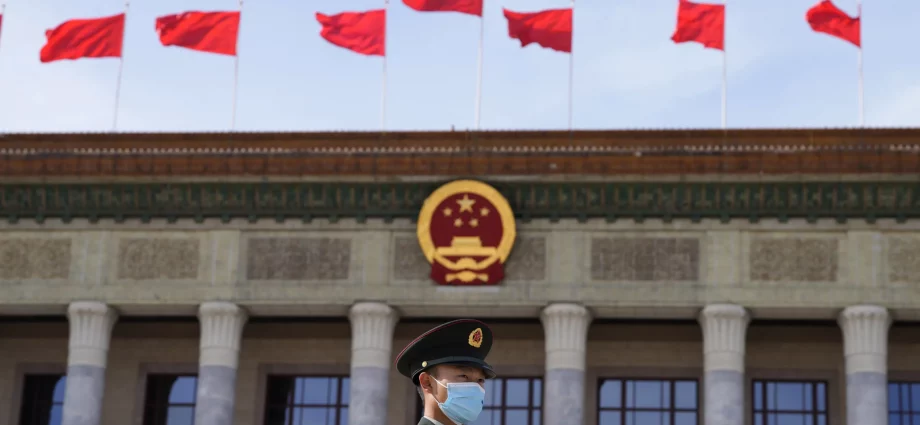Will the developing world, home to billions of possible customers and enormous reserves of critical minerals necessary for defense and next-generation technology, fall under China’s spell? That’s the question before Congress as it debates reauthorizing the U.S. International Development Finance Corporation, America’s primary tool to combat Beijing’s malign plans for political, economic, and military dominance of the 21st century.
Beijing has already doled out a staggering $1 trillion since 2013 to the developing world. As part of the Chinese Communist Party’s audacious Belt and Road Initiative to export ideology and lock down critical sectors and emerging markets, China now operates or owns ports and terminals on every continent and across more than 50 countries and overwhelmingly controls the supply chains of most critical minerals and active pharmaceutical ingredients.
As President Donald Trump moves to clamp down on Chinese influence, investment, and access to markets, Congress has the opportunity, on a bipartisan basis, to strengthen the DFC’s toolkit to lead these efforts. Trump signed the DFC into law in 2018, and the agency was launched at the beginning of 2020. But with a modest maximum limit of $60 billion in commitments, it is decidedly outgunned by China.
The agency’s pending reauthorization presents a unique opportunity to refine its focus, amend country eligibility thresholds, grow its lending capacity, and fix a flawed scoring methodology that has limited the agency’s reach and effect. As of the end of last year, DFC has committed virtually all its available capital. Even as the agency earns returns on its investments and maintains its failure rate of less than 1%, its ability to extend new financing is essentially frozen until Congress extends its authority to operate. By increasing the agency’s commitment limit to no less than $150 billion (still a far cry from what Beijing is spending), DFC could underwrite larger, more impactful projects in regions that will generate significant returns for U.S. taxpayers and businesses while spurring private sector-led poverty reduction in partner countries.
For the DFC to expand its impact and reach, it needs to have more boots on the ground overseas to identify new investment opportunities. DFC has made real progress in building out its overseas presence, but there is a need to grow this capacity further. One obvious way to expand its presence in a variety of markets is by partnering with like-minded bilateral and multilateral development banks.
The DFC also needs to be better integrated with other foreign assistance tools of the U.S. government. Grant-based economic development programs, such as those led by the United States Agency for International Development and the Millenium Challenge Corporation, play a critical role in identifying and de-risking investments for the DFC, and these grant-based economic tools must be maintained for the DFC to achieve its full potential. Lastly, the DFC can play a unique and leadership role in driving the nearshoring and friendshoring of highly strategic sectors and supply chains such as rare earth metals and pharmaceuticals.
HEGSETH MEETS WITH PHILIPPINE PRESIDENT, DISCUSSES CHINESE DETERRENCE
As China takes new action to tighten its grip on exports of critical minerals used in chipmaking, a more flexible and better-funded DFC would deliver enormous economic and national security value by de-risking essential supply chains in Africa, Asia, and Latin America. Part of that new flexibility entails raising country eligibility from low- and middle-income countries to include higher-income nations. As an example, reforming the DFC’s narrow country eligibility limitations would allow it to operate in strategically consequential countries such as Panama, where China has taken advantage of America’s absence to invest heavily on both sides of the Panama Canal.
Increasing the DFC’s investment capacity and country eligibility will support the sustained, targeted, and robust commercial diplomacy that is required to block China’s plan for global dominance. By reauthorizing and strengthening the DFC, the U.S. can offer the developing world a real and robust alternative to China’s debt-trap diplomacy and ensure that its Belt and Road leads nowhere.
Ted Yoho, a Florida Republican, served in the House of Representatives from 2013 to 2021. He is co-chairman of the Consensus for Development Reform. Rob Mosbacher was president and CEO of the Overseas Private Investment Corporation, the predecessor to the DFC, for three and a half years and currently serves on the DFC’s Development Advisory Council.


